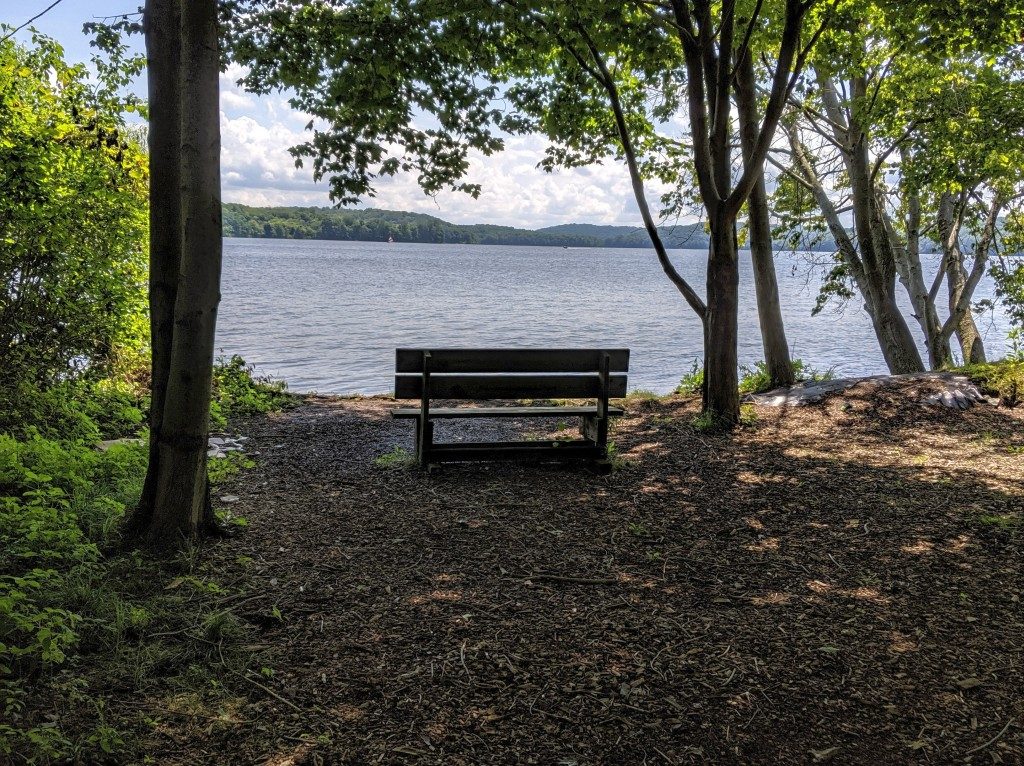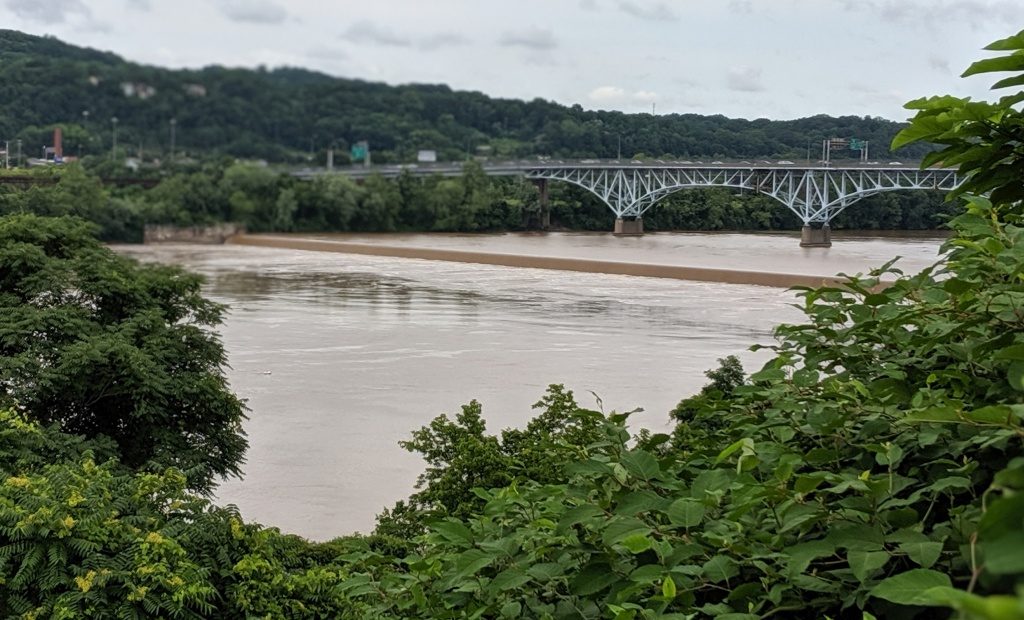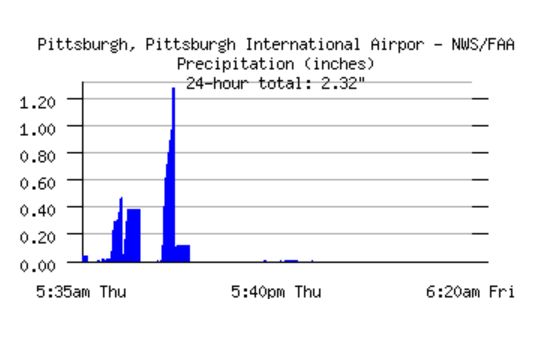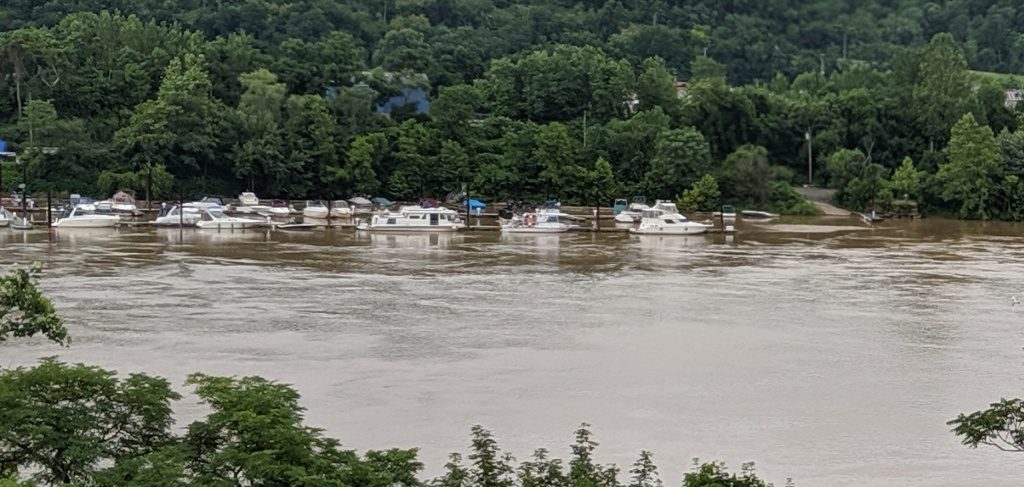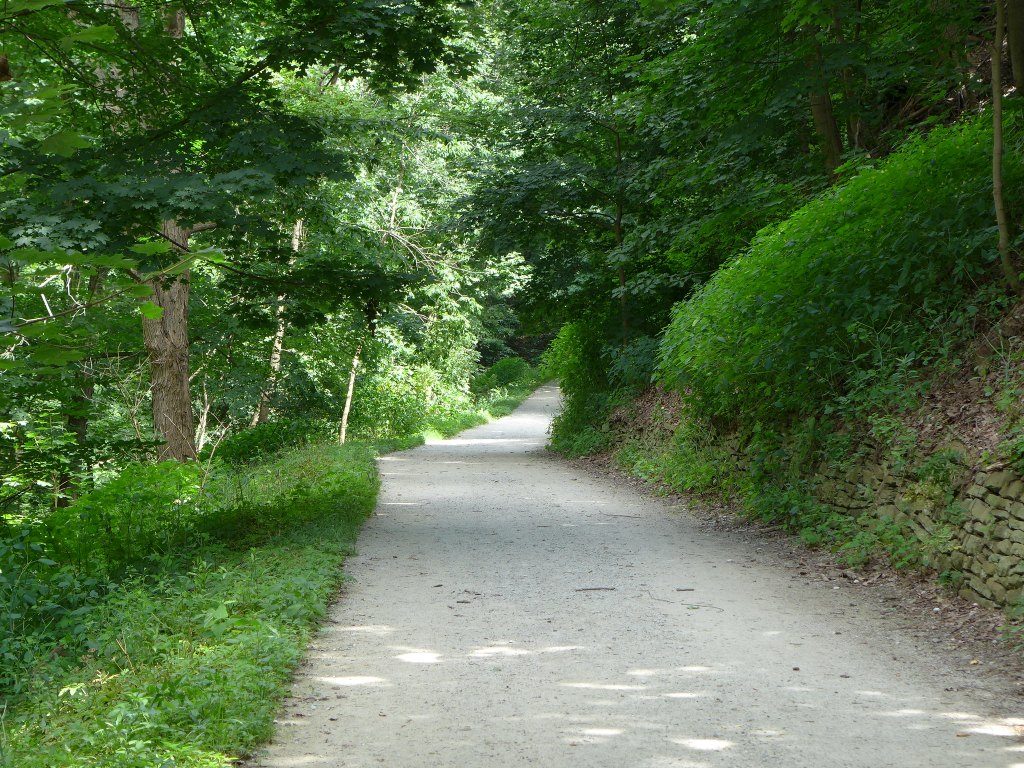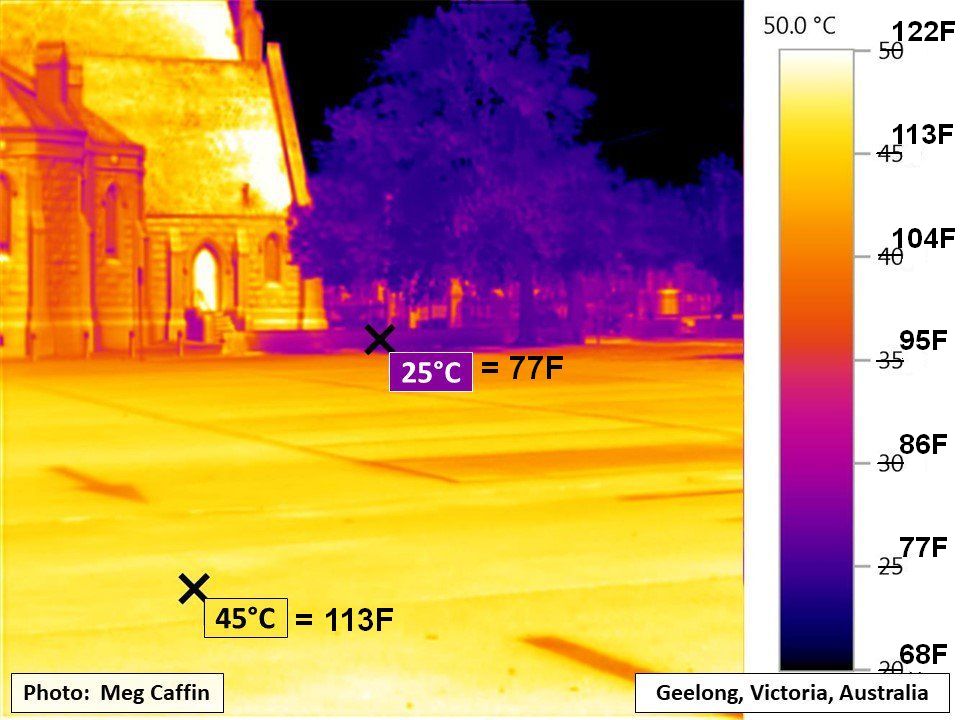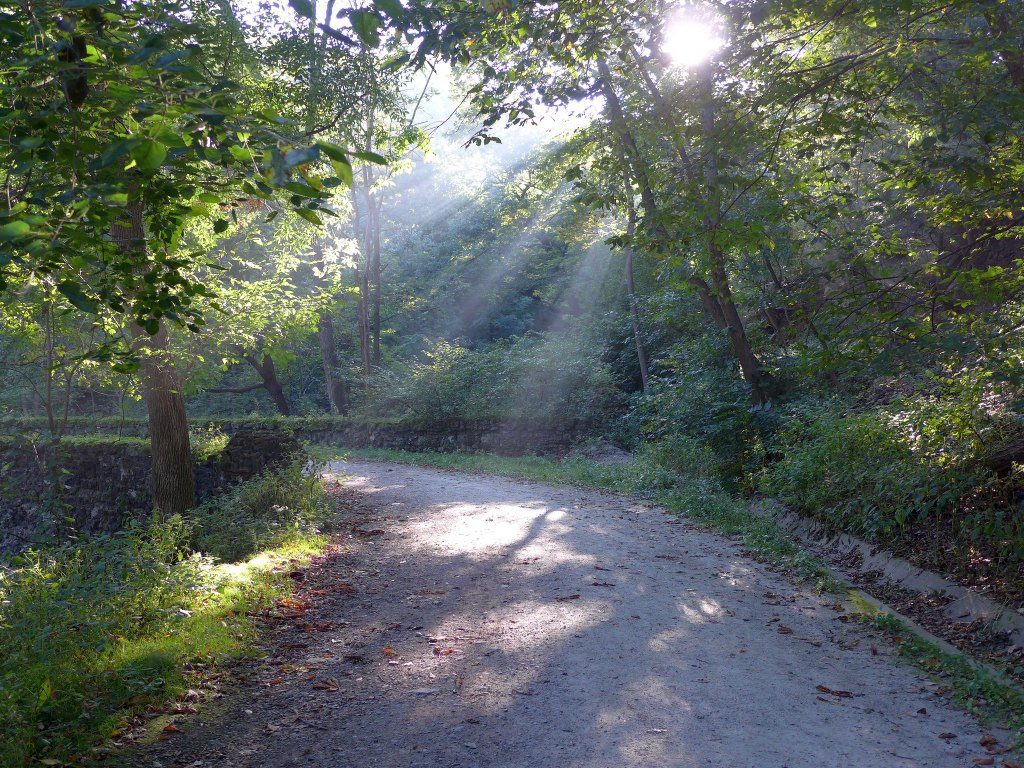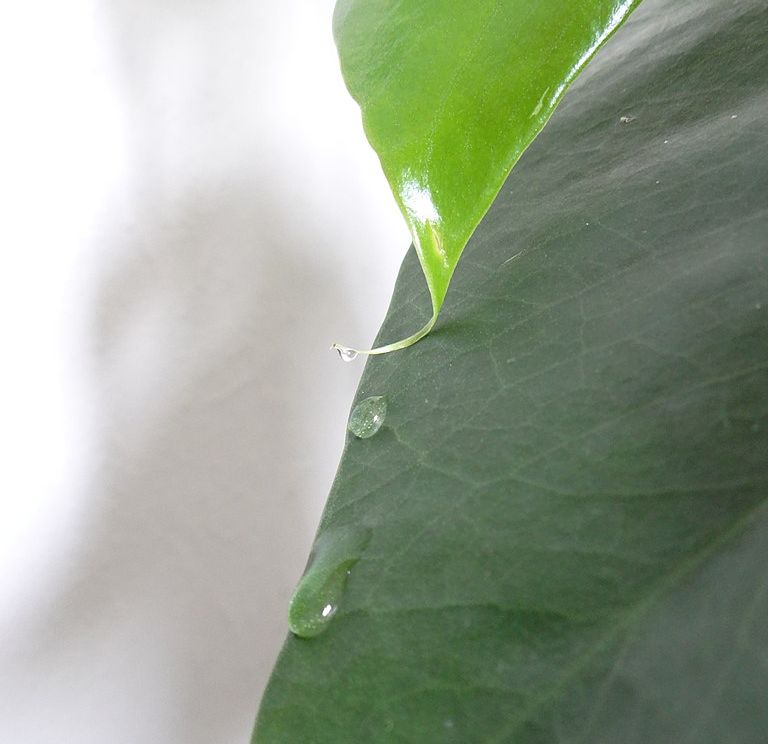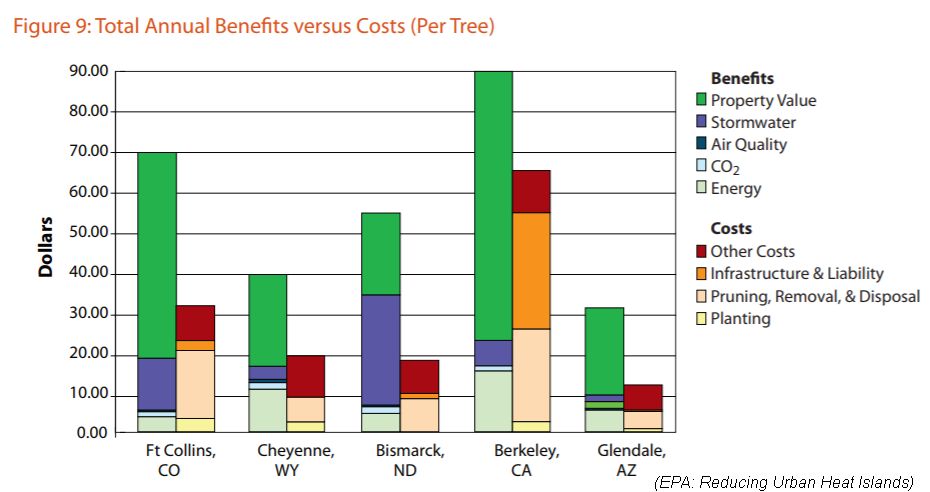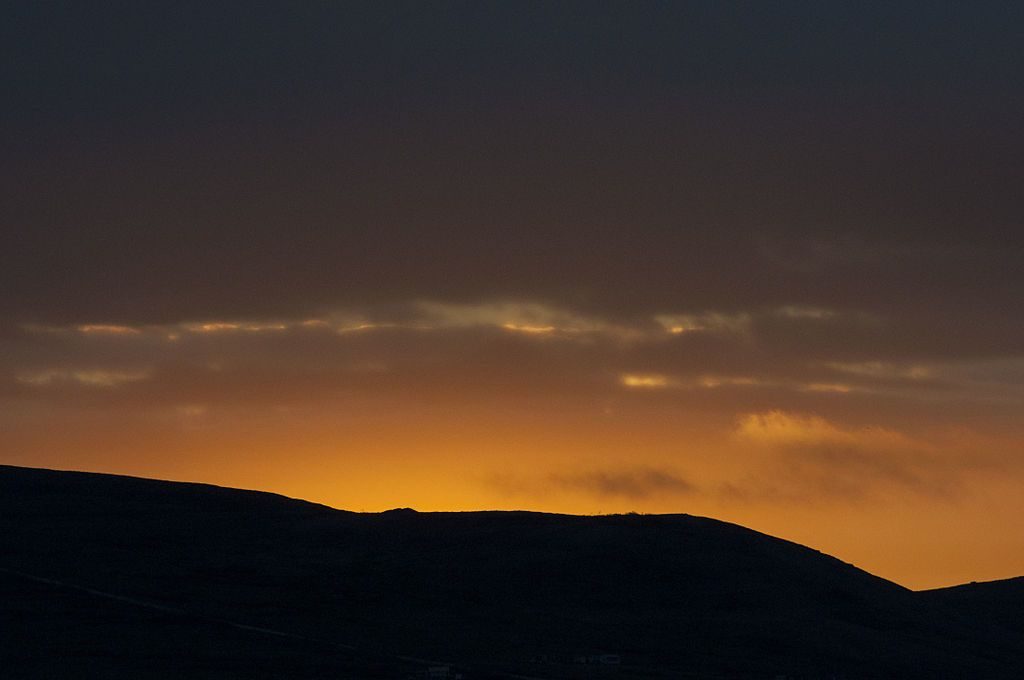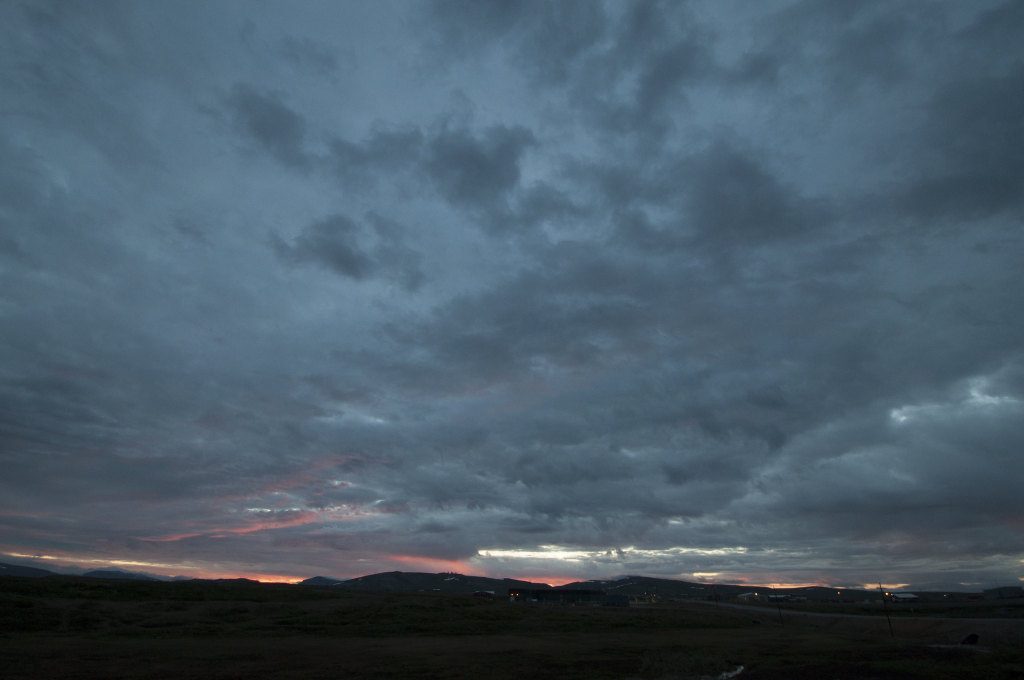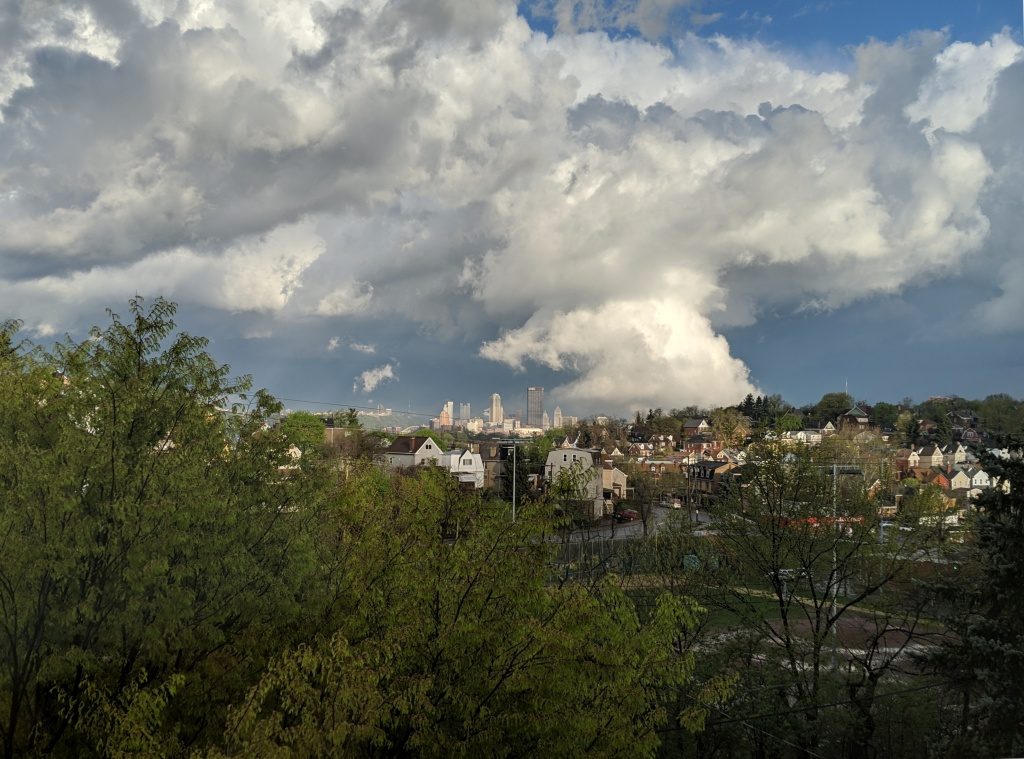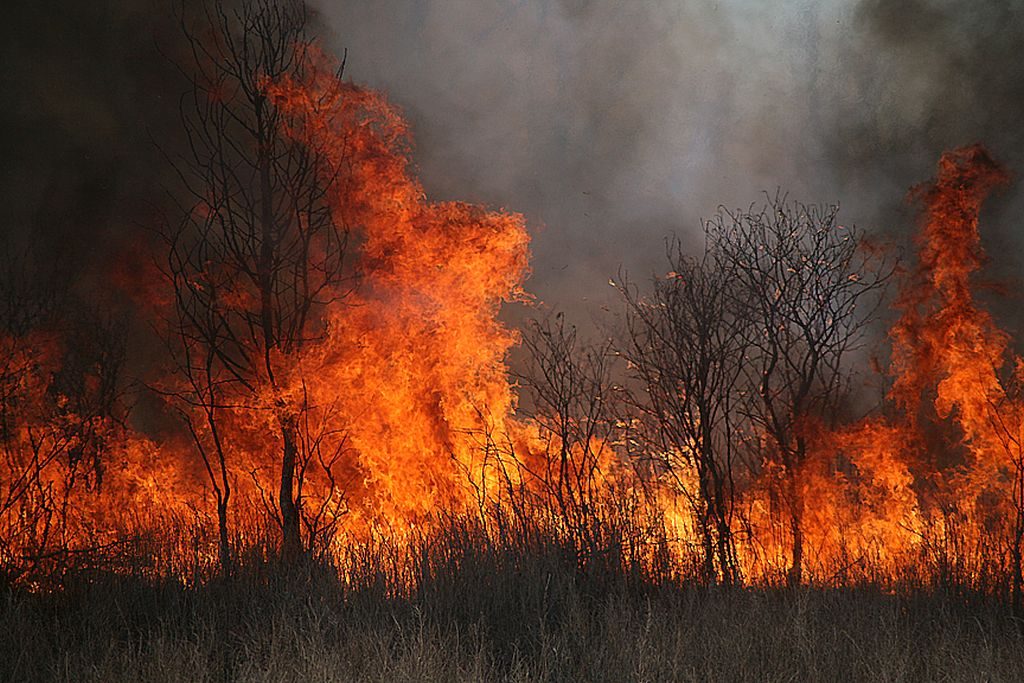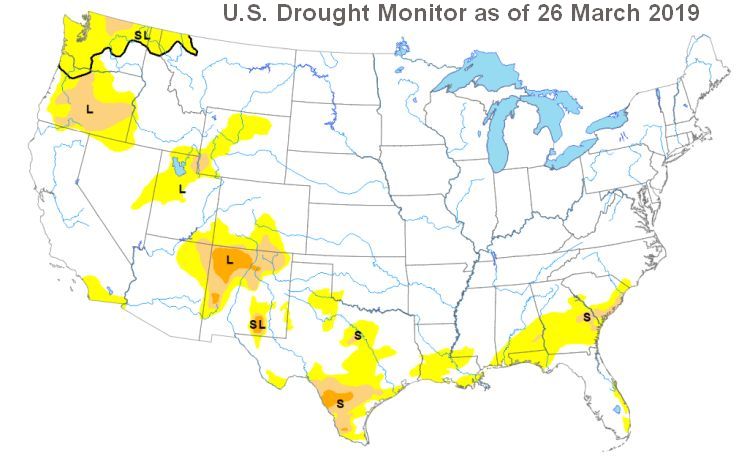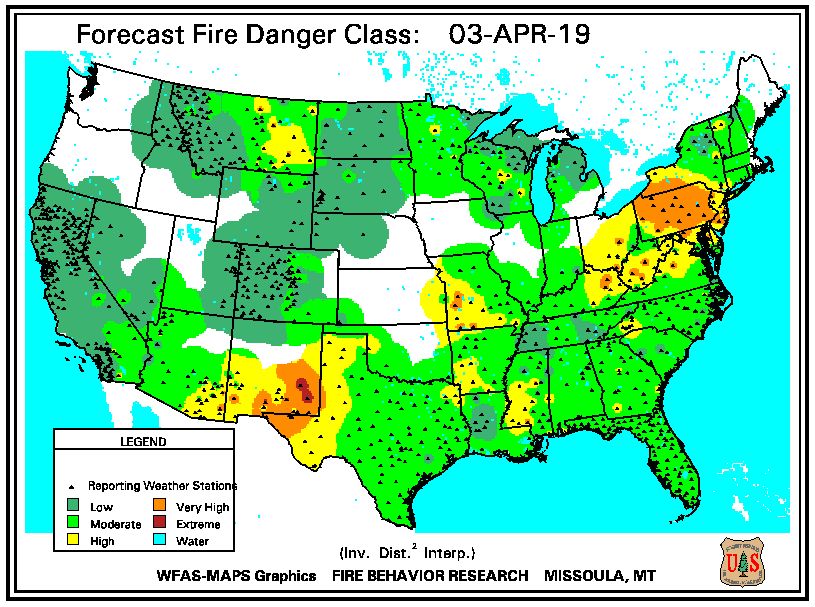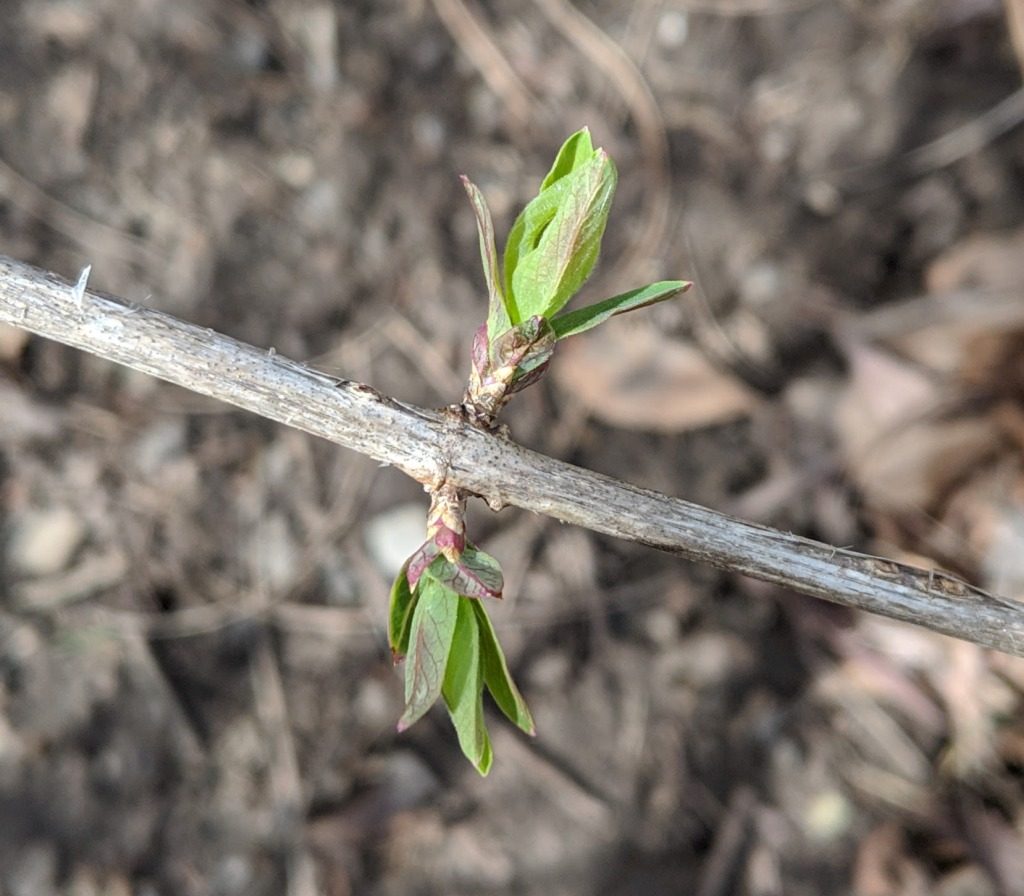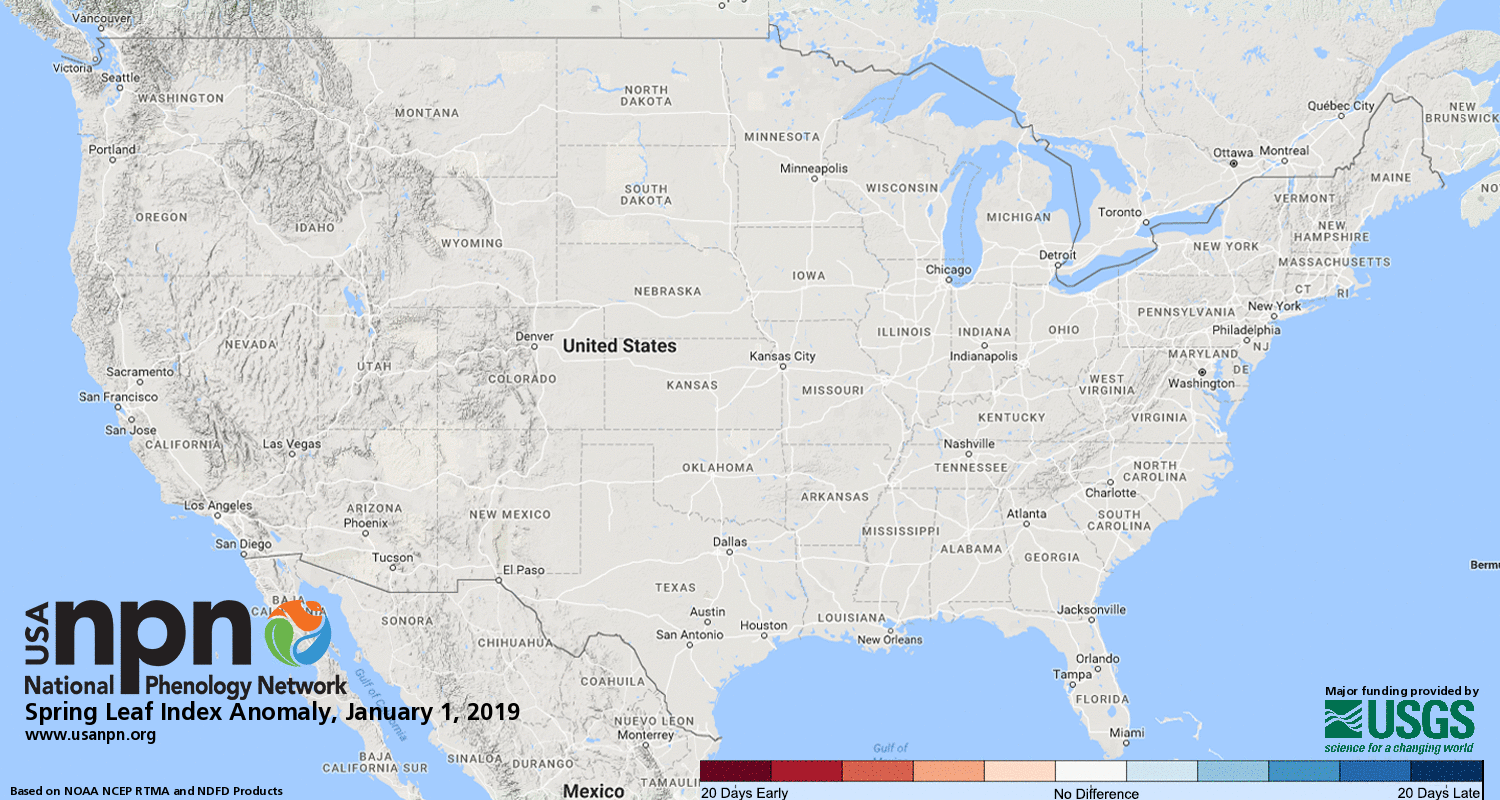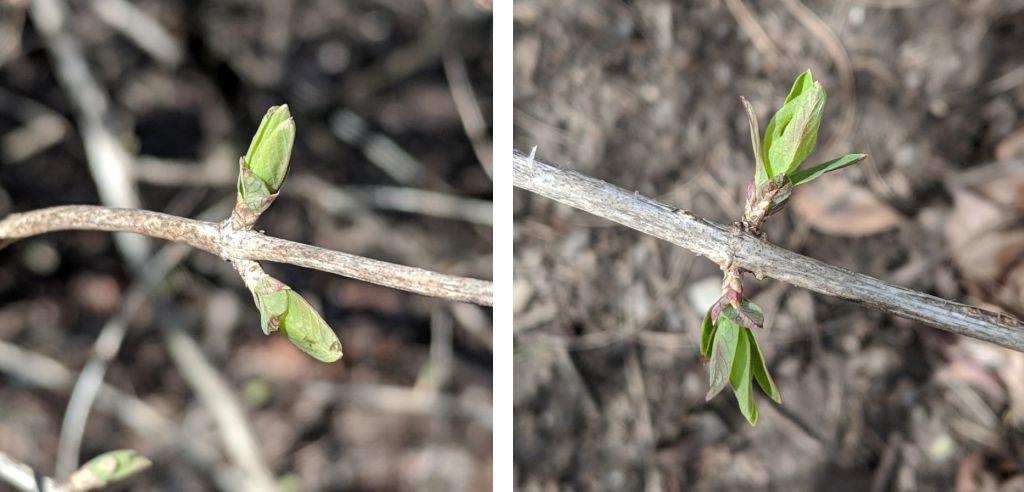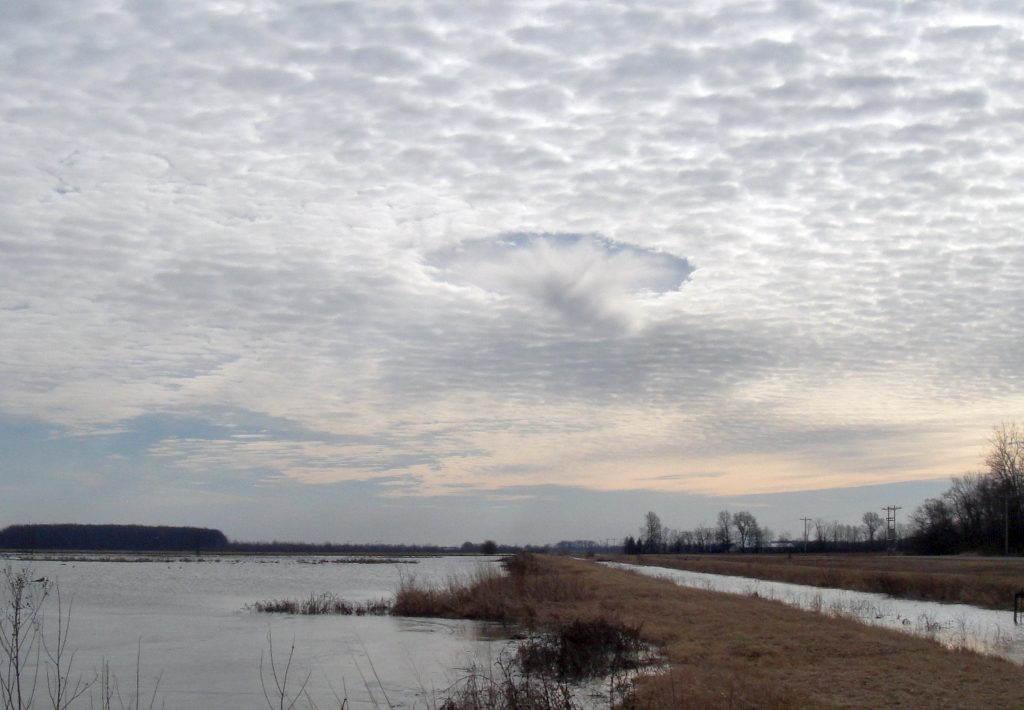
9 August 2019
Have you ever seen a fallstreak hole?
Fallstreak holes or cavum (the formal name) are circular or elliptical holes in a blanket of cirrocumulus or altocumulus clouds. They occur when super-cooled moisture in the cloud starts to form ice crystals. In rare instances this sets off a chain reaction that causes nearby water droplets to evaporate while the ice crystals fall out of the hole. As they fall the crystals melt and evaporate.
Monica Miller and Don Weiss were at Big Island Wildlife Area, Ohio in March when this one appeared above their heads. Monica wrote, “We kept expecting the hand of God or the mothership to come down.”
Fallstreak holes are always amazing, some more stunning than others. Here are a few photos from Wikimedia Commons.
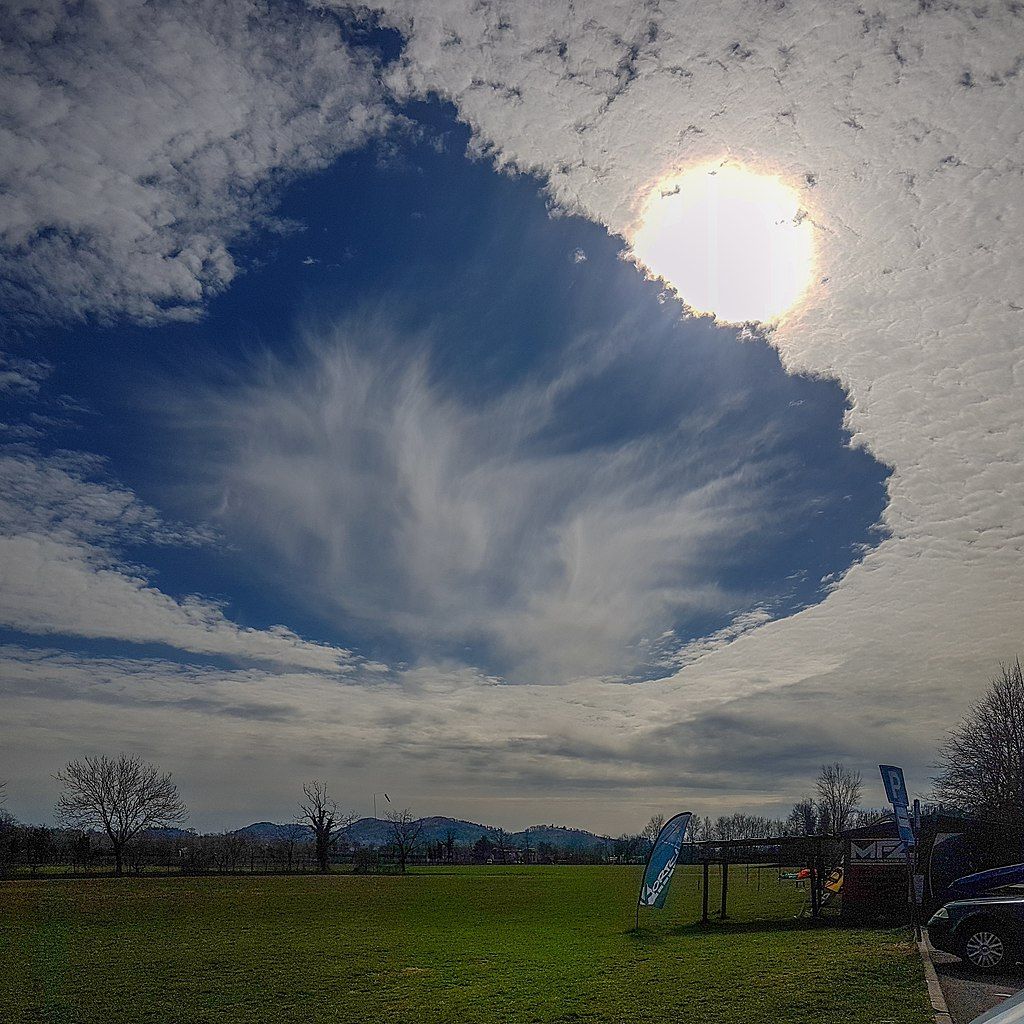
Airplanes can create elongated fallstreaks when they pass through the cloud layer. This cavum has an added bonus. There’s a sundog inside it.
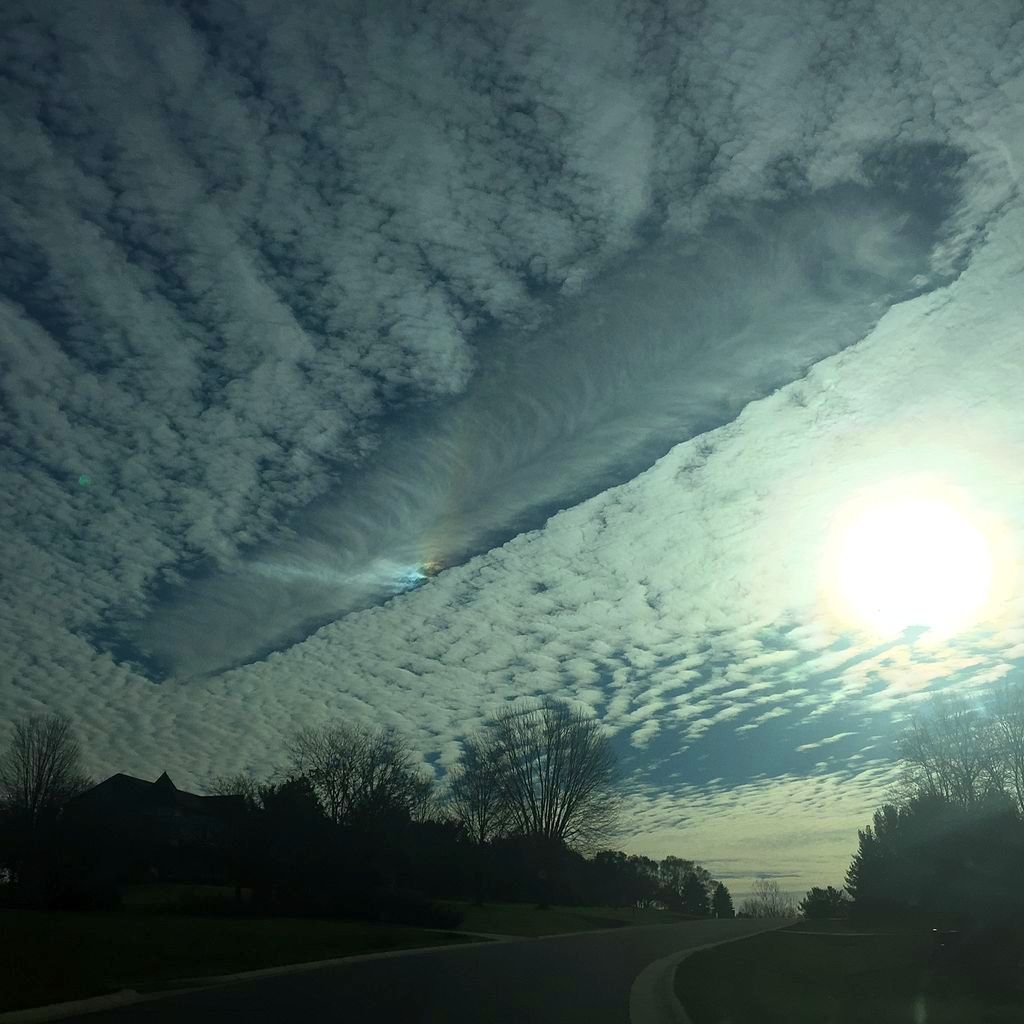
Cavum are particularly dramatic near sunset.
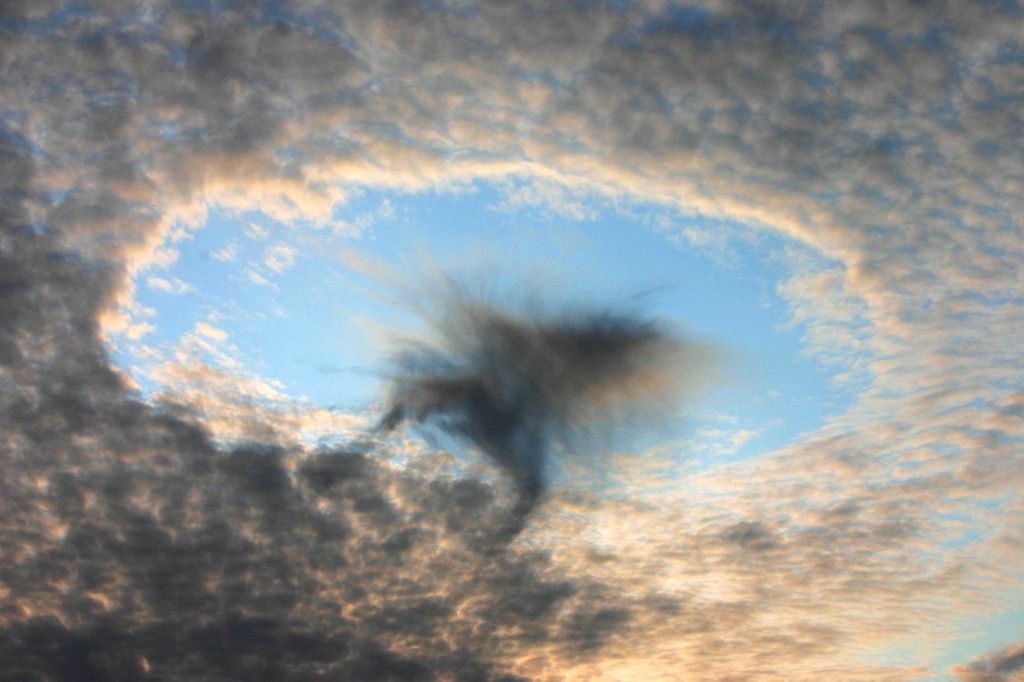
Click here to see an amazing fallstreak hole over Niederlenz, Switzerland. There are birds in the photo! Probably common swifts or alpine swifts.
I don’t remember ever seeing a fallstreak hole. I can hardly wait!
(top photo by Monica Miller, remaining photos from Wikimedia Commons; click on the captions to see the originals)

